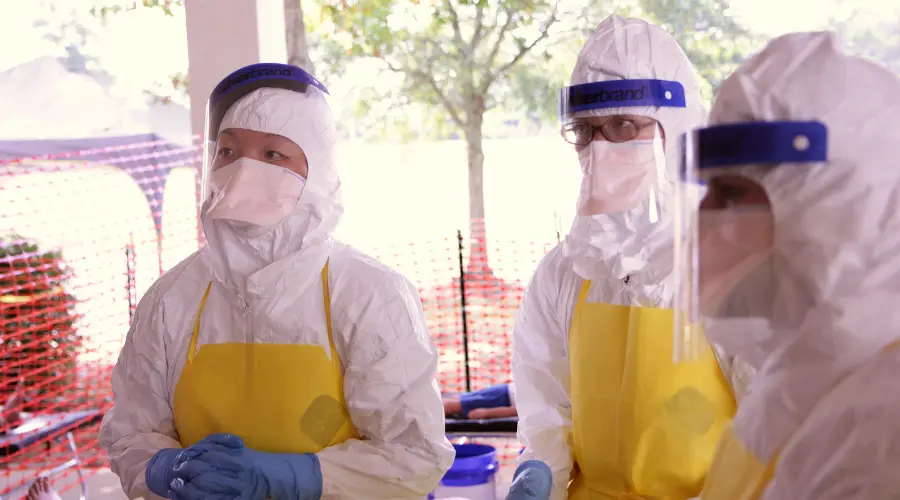Little black ants appear out of nowhere in the kitchen and the bathroom. Tiny black ants in the kitchen are nothing to worry about. Common indoor ant species include the “nuisance ants” or “odorous house ants.” The bad news is that you have an ant problem and need to take action quickly to eliminate the infestation before it spreads.
It’s good news that those annoying ants won’t chew wood or cause structural harm to your house. They spend much of their time eating and drinking, just like us.
Who are the ants that have invaded my home, and where do they live?
Ants, unlike popular belief, do not typically inhabit human dwellings. They establish colonies on your land, sending out “scout ants” in search of sustenance and hydration. Do you ever ponder why one day there seems to be very little and the next there seems to be an abundance? It has been reported that the scout has been sighted out in the wild, leading the colony in its search for nourishment. To signal the remainder of their territory to follow them, ants will sometimes leave a pheromone trail, causing them to travel in a straight line.
It’s a tiny, stinky dwelling. Despite their ubiquitous presence, ants are most frequently encountered in damp, warm environments like restrooms and kitchens. They can search for food over a larger area because they can scale walls and freely roam your home. Do ants inhabit any other areas of your property as well?
Since basements tend to be damper than the rest of the house, they prefer to make their homes there. Your home is infested with little black ants. It’s impossible to completely and correctly keep ants out of your home.
What’s the deal with all these ants in my kitchen?
The kitchen is the room most prone to ant infestations. They are attracted to the colony’s survival needs, including food and water. Your household will likely leave behind crumbs from meals and snacks. Crumbs will always remain on the floor if they aren’t regularly swept up. Cleaning your kitchen floor thoroughly won’t stop ants from finding food there.
Tiny ants and other pests may find a fertile breeding ground in your kitchen if you keep pet food in bowls. To prevent this, all uneaten pet food should be discarded or stored in an airtight container daily. Unsealed containers, such as large paper bags, make it easy for ants to access pet food and other pests. Eliminating the bowl’s water supply is an improved method of ant prevention. It is also essential to clean the area surrounding your pet’s bowls after they have finished eating or drinking because dogs and cats like to eat and drink poorly, leaving behind crumbs and water drips that attract ants.
Tiny house ants can also be lured indoors by the presence of water. Standing water or a leaking pipe in the dishwasher or under the sink can invite ants.
Cover it with a lid to prevent ants from swarming your garbage can in search of leftovers. Unsealed food in your kitchen cabinets and pantry could attract ants. Is it not the case that we tend to forget visual details? Cereal boxes and other easily opened containers invite pantry pests like Indian meal moths and saw-toothed grain beetles. Overripe fruit on the counter indicates that it’s time to check the expiration date on easily accessible items. Keep in mind that sugary foods attract insects.
How come I can’t get rid of the ants on my own?
Fighting ants without going after their nest is an uphill battle. Only the ants you can see will die if you don’t attack the nest. Most ant colonies can be found outdoors rather than indoors.
After foraging for a meal or a drink of water, ants will return to their nests. Reducing the attractiveness of your home will discourage ant infestations.
Ants are a nuisance because they are both ubiquitous and difficult to eradicate.
House ants are common pests that can populate your home by the hundreds. Smelly house ants inhabit wood piles, plant containers, and rock gardens. Due to the transient nature of the pests’ nests, eliminating the infestation on your own might be a Herculean task.
Our trained technicians will pinpoint the colony’s entry point and seal it off to solve the ant problem. Gel baiting could be used indoors if the technician decides that additional treatments are necessary to eliminate the ants.





